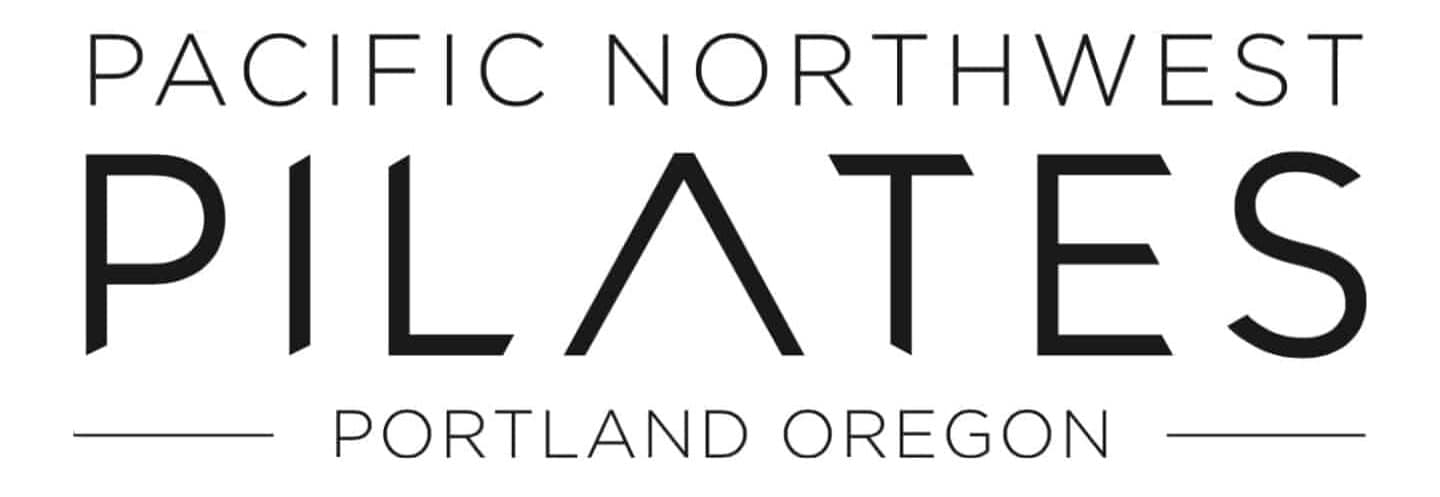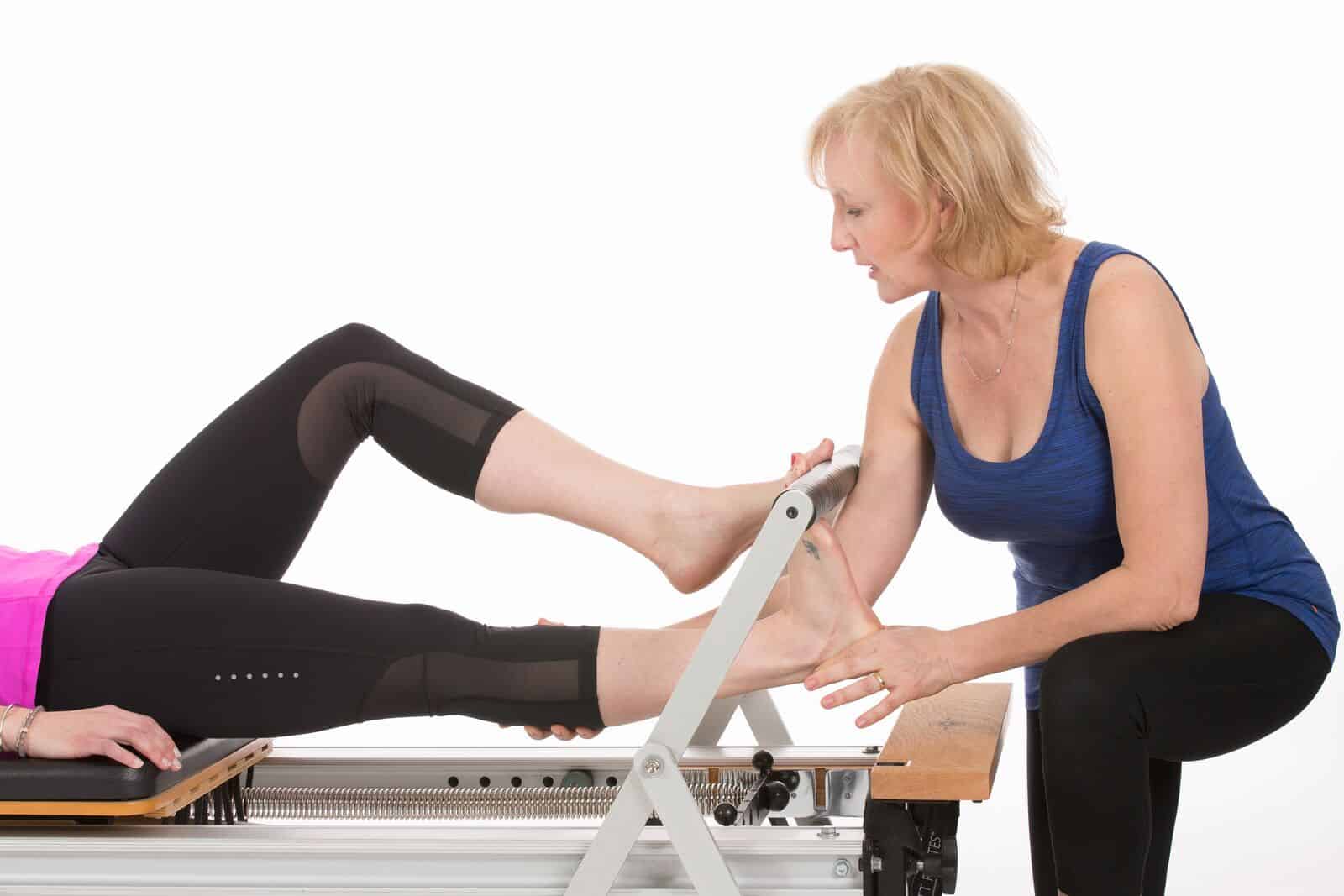The average person takes 8,000 to 10,000 steps a day. That’s about 115,000 miles over a lifetime.
Unfortunately, poor foot mechanics can lead to discoordination of the rest of the body and pain in the knees, hips or back. Foot pain can result from either the joints being stuck in one position, being unable to adapt to uneven surfaces or the inability to adjust to rapid motions of the hip and trunk. Depending on gait phase, a foot needs to be able to lock, unlock, load and explode. The feet must be both a rigid lever and a mobile adapter.
As Pilates and healthcare professionals, we must remember that motion occurs around the center axis of the foot—the second ray. Supination and pronation are tri-planar movements that involve all parts of the foot—dynamically together.
The exercise Lower & Lift and Running on the Pilates Reformer and Ankle Exercise on the Stability Chair are key exercises to help you observe and restore foot function. Look for a little supination at the start of the heal lift. This (plantar flexion) is essential to tighten the plantar fascia and protect the first toe. You should see a slight spiraling of the calcaneous as the plantar flexion is initiated. In addition, the client should feel muscles in the arch and deep in the central line of the calf working. Many people will also feel the hamstrings and gluteals.
Liked this? Check out these related posts:
Flip Flop Foot Tip: Summer Footwear Programming
Flip Flop Foot Tip: Summer Footwear Patterns
Forefoot Mechanics and How it Affects the Hip

